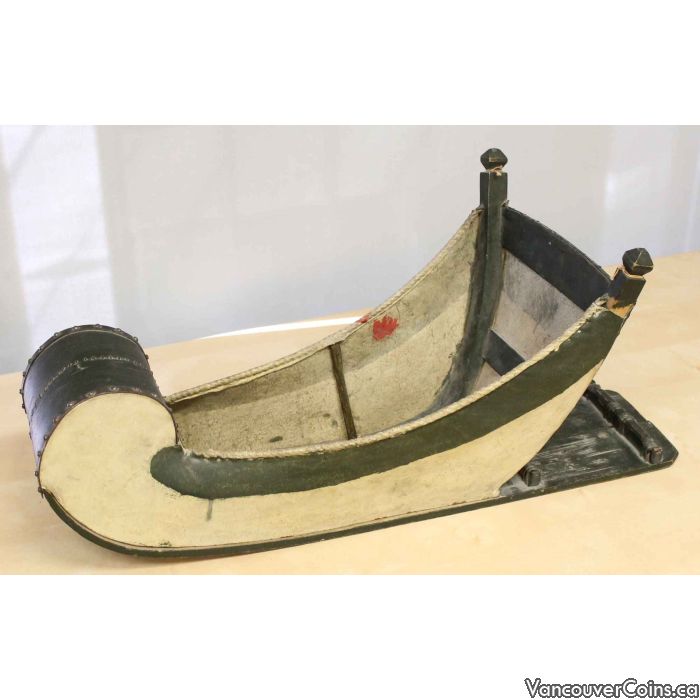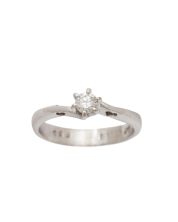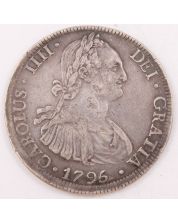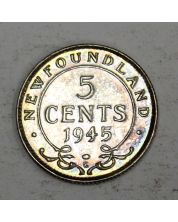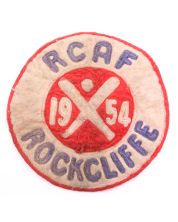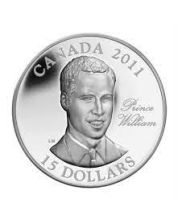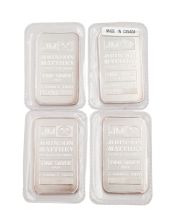Important Hudson’s Bay Company Metis model Cariole
Important Metis model Cariole early NWC, Hudson’s Bay Company, & Dene Native type circa: 1870
VancouverCoins.ca is proud to offer this Extremely Important, Unique, and Rare HBC early fur trade artifact. A prized possession from the collection of John Bartleman Manager, Chief Fur Trader, and Chief Head Factor of the Hudson’s Bay Company Mckenzie- Keewatin territories 1913-1950.
Specifications;
Made with Birch wood, dried Elk hide, crude period nails, screws, copper, hand made rope, and Metis style & type black pigment paint. Decoration includes shaped copper barrel hoop mounted with period dome head screws. The entire piece maintains solid fixed position integrity including the very intricate sinew lashed bottom, braces and prow.
Height at front is 7 ¾ inches and at back 11 ⅝ inches Length is 25 inches……….Width is 11.5 inches at top back…...6 ⅜ inches wide at bottom….....and 6 inches wide at the front of the prow tapering to a 4 ¾ inches wide at the innermost edge of the prow.
Decoration;
Decorative Metis style black pigment paint on base, braces, prow, and upper sides of the rawhide skin of the Cariole. There is also a red pigment Metis maker / owner mark on the inner starboard side.
We are not aware of any other Metis model sleigh “Cariole” of this type in any Museum, Personal, or Corporate collections. In fact, this is the first example of a model Metis Cariole type sleigh with provenance that we believe has ever been offered for sale. An extremely important native, Metis, HBC, North West Company, colonial type.
Did You Know?
The term “Cariole” was first used to refer to a variety of horse-drawn sleighs, particularly the lightweight open sleigh used in French Canada. Sometimes these sleighs were pulled by dogs.
During the fur trade era, the term “Cariole” became more commonly used for a toboggan-like sled with sides made from hide or canvas. Birch boards were often used for the sled portion.
Pulled by a dog team, the Cariole transported a passenger or cargo. A dog team driver would run along behind the cariole sled while it was under way, shouting commands to the dogs to guide their pace and direction of movement. Trappers and traders used the Cariole throughout the winter months to transport supplies and furs.
This is what Canadian fur traders called a “Cariole”, developed from the traditional Indian toboggan for the needs of the “Voyageurs” and businesses like the Hudson’s Bay Company. Toboggans, used by Indians throughout the boreal forest stretching across the northern regions of North America, were ideally suited for winter travel through deep powder snow.
At their simplest, they were long narrow pieces of birch bark with wooden cross-pieces, lashed together with babiche (lacings made from sinew or rawhide), much as Jack London described in “White Fang.” The prow of the toboggan was curved back (to deflect snow) and lashed into place. Light in weight—these sleds essentially floated on top of the snow, and were narrow so they would fit within the track of a man on snowshoes.
As the sleds developed, wooden planks replaced the birch bark. Birch and ash were commonly used—the prows steamed and bent into shape. Early fur traders took the basic toboggan and refined the design to meet their needs, adding a backboard and rawhide or canvas sides so the sled could carry additional cargo, and introducing dogs to pull the sleds. In the more “civilized” areas of Canada a covering was often added to the front half of the cariole so passengers could ride more comfortably.

